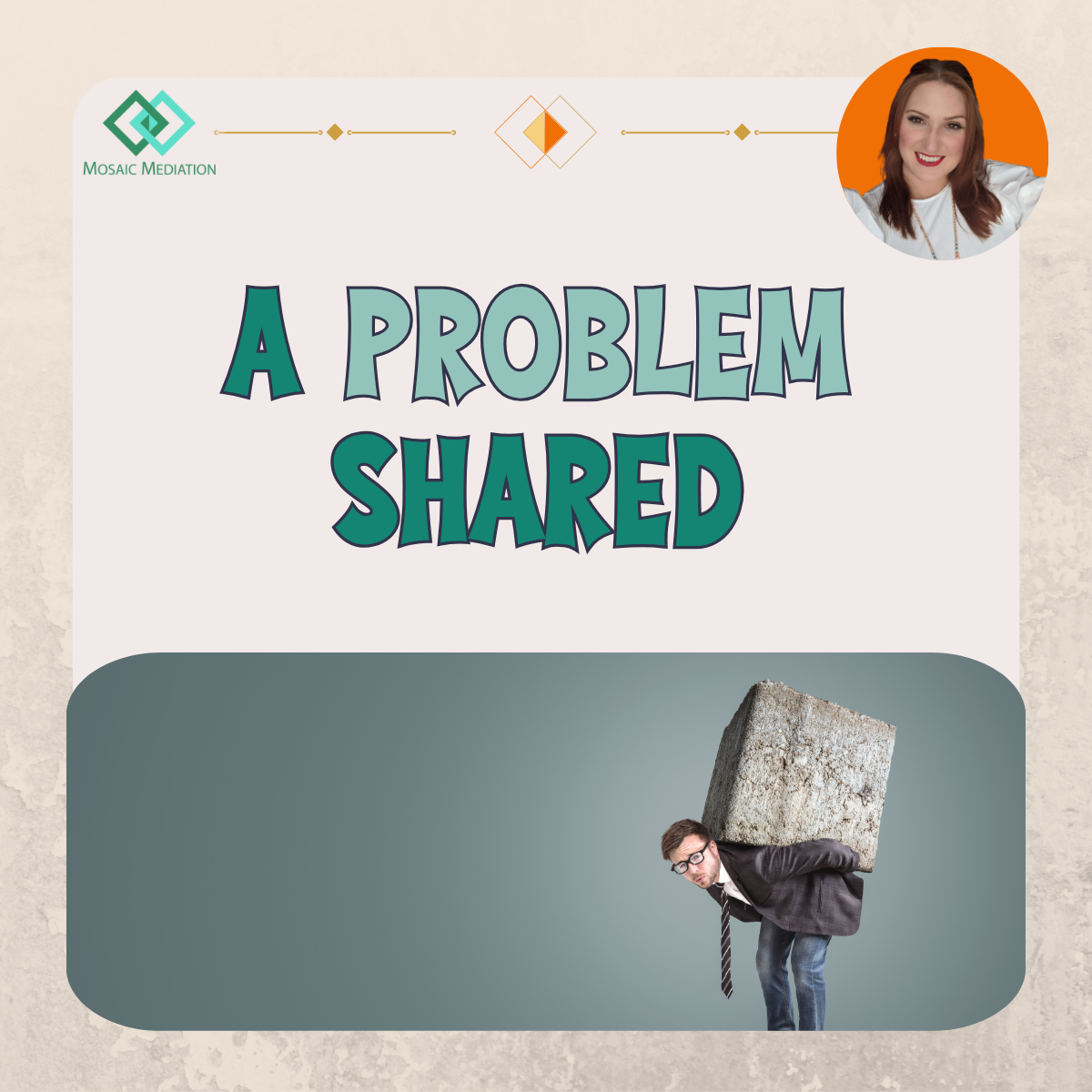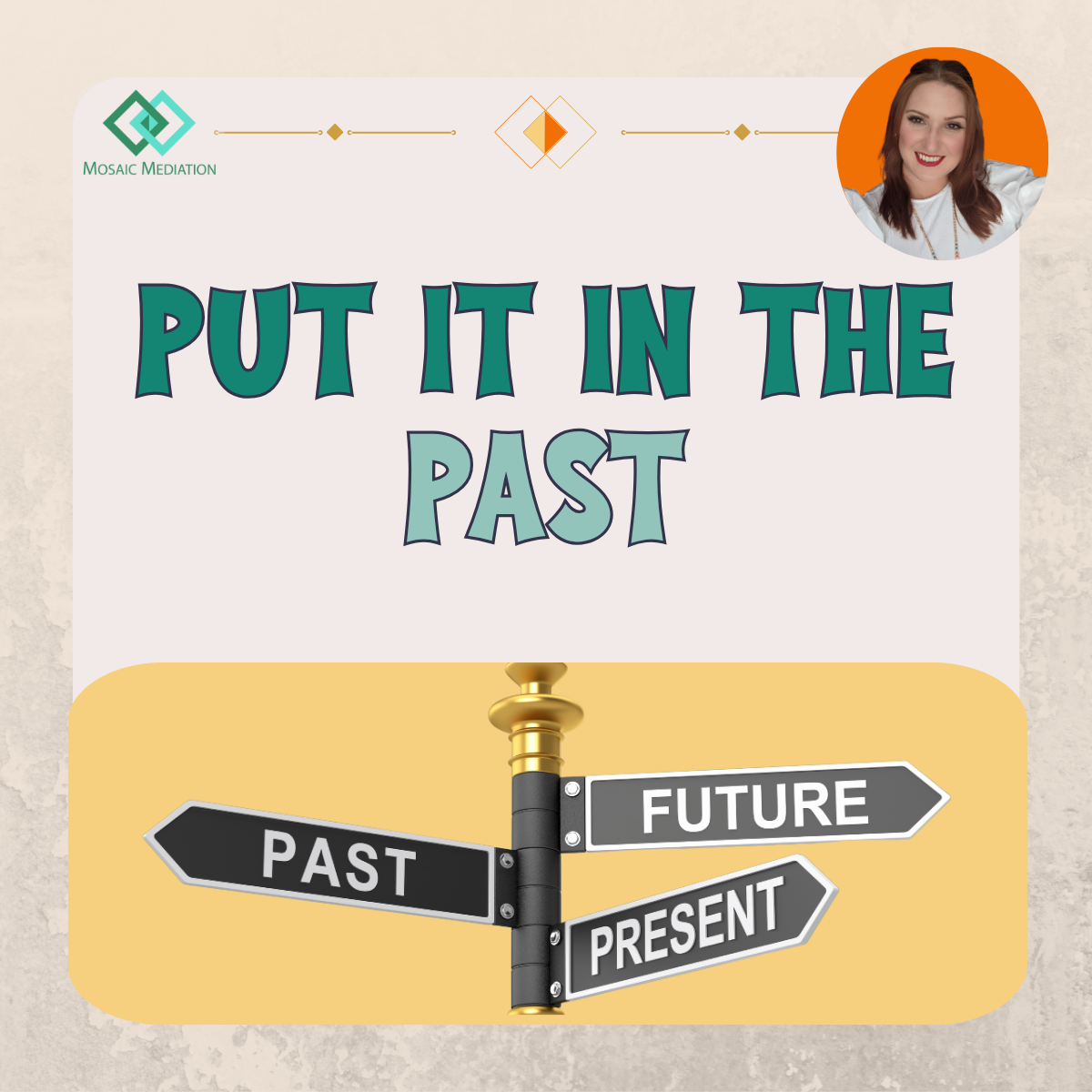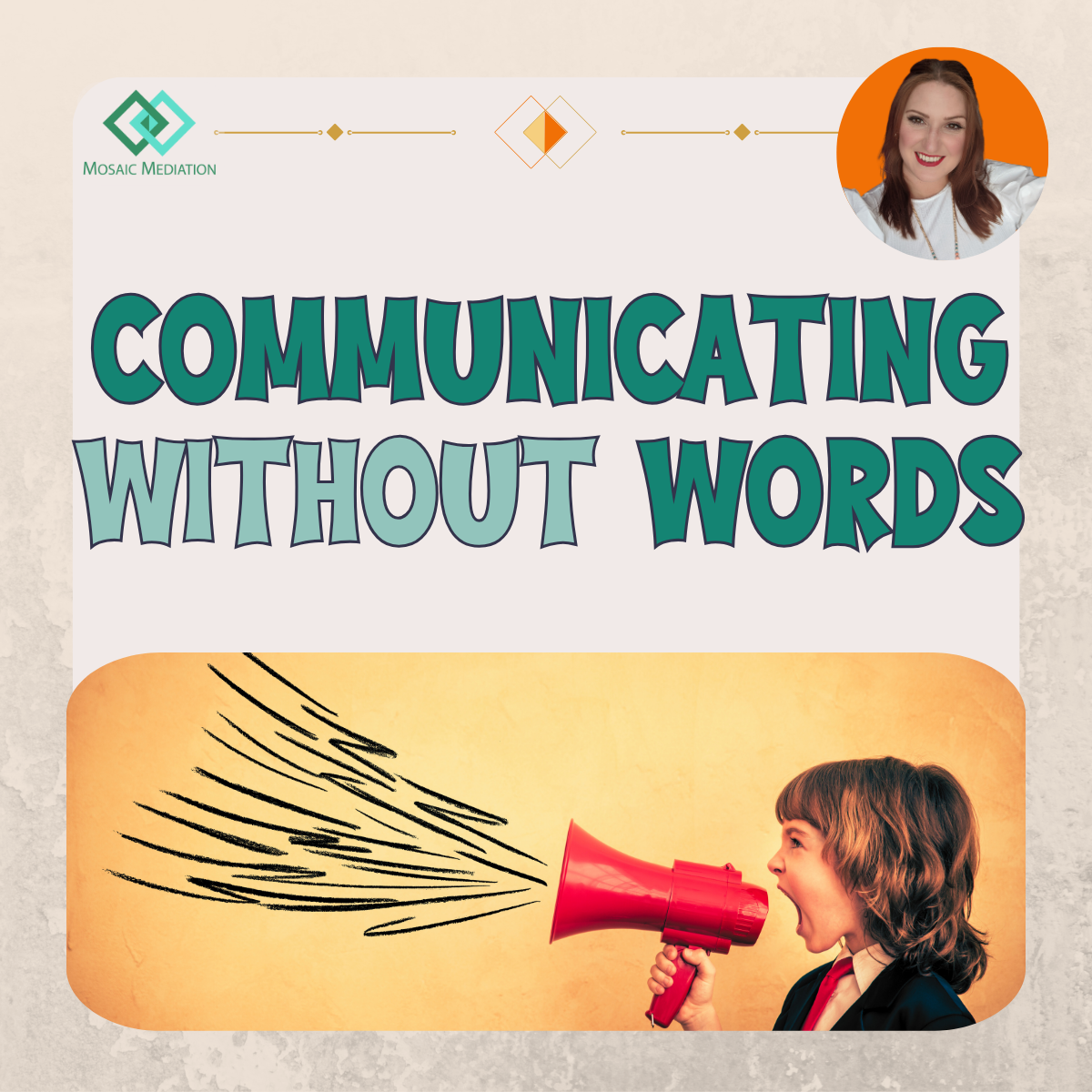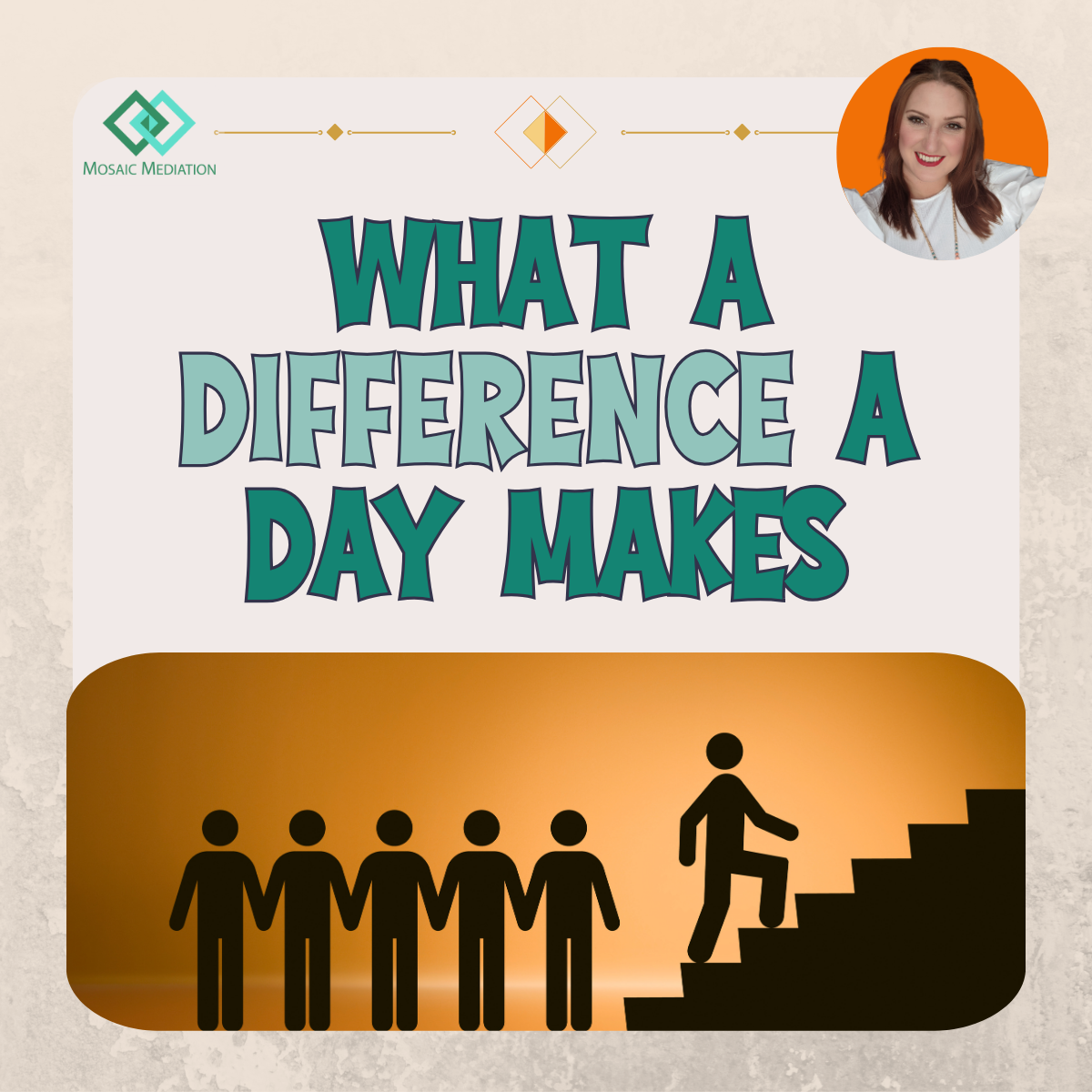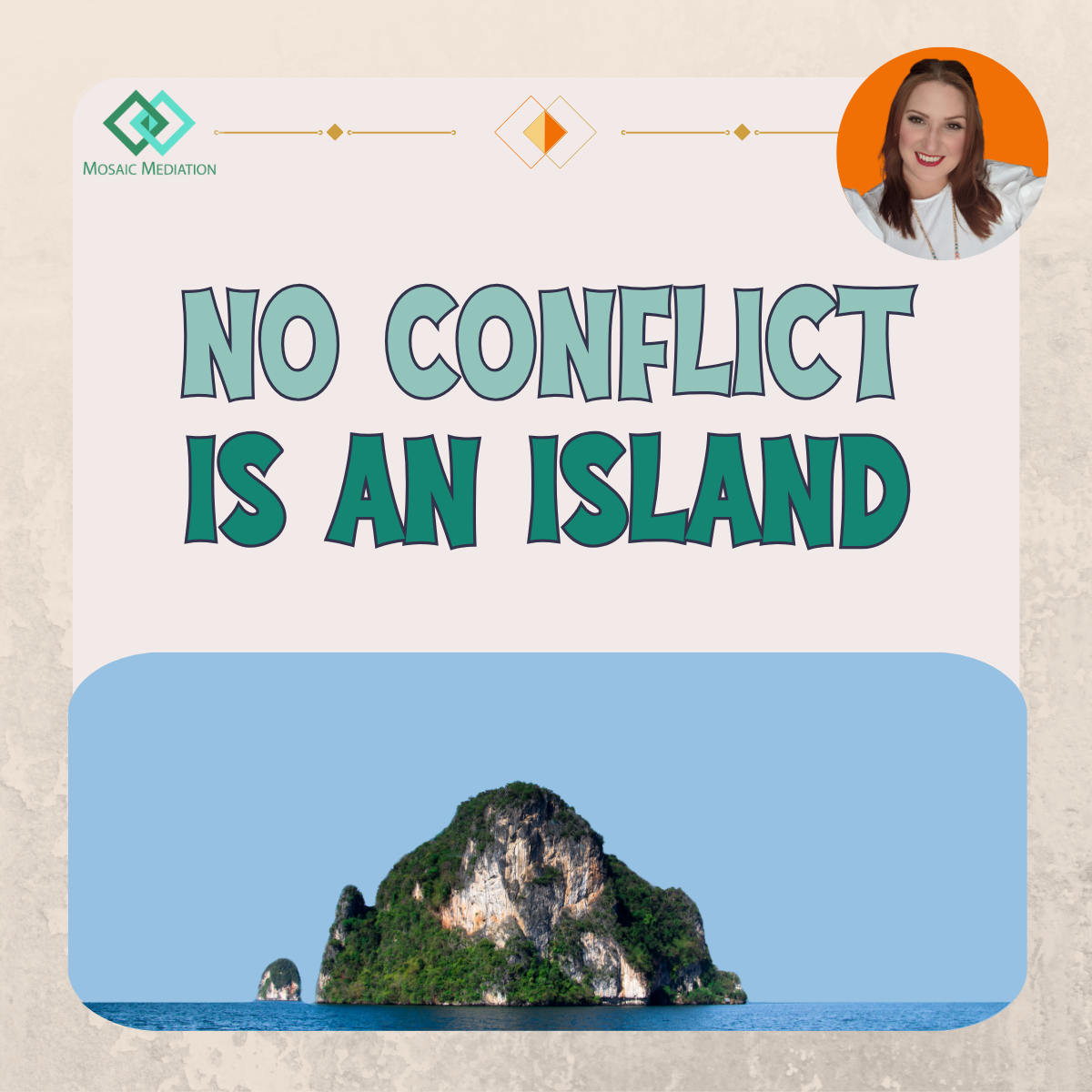Left Out
“The only thing worse than not knowing where she belonged...was knowing where she didn't.” Tessa Shaffer, Heaven Has No Regrets
It begins at school – finding out that you are not invited to someone’s party but your other friends are; or being left out of a game. Any form of ‘rejection’ from friends is painful and the feeling doesn’t change when you become an adult. In the workplace, there are very few differences from school; it is just that instead of being excluded from a party or game, it is more likely to be a night out, a shared lunch break or a conversation.
Whether the workplace place is big or small, friendship groups or cliques are going to emerge, and it is perfectly natural to be drawn more to some people than others. These friendship groups will then shift and change, and it is often during the transitional phases that tensions arise - sometimes people start to drift away from the group or acquaintances start to become close friends. There will probably be those internal deliberations: whether to invite the new person to the group to every coffee/lunch break? Whether the one being ‘excluded’ should graciously wave them off or ask to come along? How to be kind when it’s clear one person is separating themselves from the group? All these seemingly minor dilemmas have the potential to cause awkwardness and for someone to feel like they are being alienated or not welcomed into the group.
If someone feels ostracized or rejected, it can lead to feelings of loneliness, alienation or shame. The reality is that being rejected by anyone psychologically ‘hurts’ in a similar way to being physically hurt and the feeling of social belonging is a fundamental psychological need. Feeling ostracized or rejected will have a knock-on effect on a person’s self-esteem, which will then also impact on their ability to communicate and relate to those around them – particularly with those who they feel excluded them in the first place. It could also have a knock-on effect on how easily people can work together.
In the above scenario, though there may be awkwardness or a bit of tension, it is unlikely to create too much conflict. However, when there is a fallout between people in a social group, an otherwise unintentional ‘faux pas’ like leaving someone out will probably come across like passive aggression, creating a much greater likelihood of conflict. Forgetting to offer to make one person a coffee when doing the ‘drinks round’ can be taken as a personal dig. Not saying ‘hello’ in the morning might look like they are proactively ignoring someone and having a private conversation can be perceived as gossiping about the other person. People need to tread very delicately in such situations if further conflict is to be avoided. Sometimes, no matter how hard a person tries to act kindly and respectfully, it can be taken the wrong way, but a little bit of self-awareness doesn’t hurt.
Though someone may initially feel sad by what they feel has been ‘done to them’, most people will put up a barrier between them and other people as a defence mechanism, rather than communicating that they feel hurt. This can lead to arguments in the workplace, refusal to work with certain people and making it a very difficult working environment for everyone.
The idea that someone might be being rejected typically first starts because of how they viewed another person’s actions. Stephen MR Covey said that, ‘we judge ourselves by our intentions and others by their behaviour.’ It is very easy to assume that people’s intentions are negative – particularly during a sensitive situation. So often though, when working through situations like this during a mediation, it emerges during the session that what one person took to be rejection or passive aggression, was completely innocent or they were simply oblivious to any hurt feelings. Unfortunately, once someone takes something to be negative, it is hard to change that perception, even if it was inaccurate.
Most people feel insecure about certain areas with certain friendships – particularly work friendships. So, thinking about directly clarifying with the person whether something was intentional is difficult enough, but even more so if the friendship has become fractured or distant. It takes a lot of maturity and self-confidence to be gracious when friendships change or when you aren’t included. In my experience, there are three choices in situations where a person feels left out:
1.Have a conversation to clarify where they stand in the friendship.
2.Be quietly gracious when left out and try not to have bitterness about the situation.
3.Invite yourself along to the event or involve yourself in the conversation and see what happens!
1. Having the conversation
As I have already indicated, it can be nerve-wracking to bring up the ‘white elephant in the room’, yet often that is the only way a person will know for sure what’s going on. It tends to be the ambiguity of the situation that makes it all feel so bad. Also, it is highly probably that the other person is unaware of how their actions may have made them feel. And, even if the response is as negative as it was presumed to be, and the clarity hurts at first, it at least provides a point to move on from.
2. Being quietly gracious
If you decide on the second option, it is worth remembering that hurt feelings are always valid, but that they also have the potential to ignite further conflict or inhibit someone from moving forward, if those feelings aren’t worked through. Being gracious is not the same as allowing someone to continually hurt them or cause damage to their reputation. Rather, it is not letting someone else’s actions dictate how they behave or respond. Friendships do shift and change, and it is a choice about whether you fight for a friendship, get angry with what is happening, or allow it to organically drift or get closer, without resentment.
3. Invite yourself
The third option may sound comical or arrogant even, but in situations where someone is feeling left out to the obliviousness of their ‘friends’, inviting themselves to a lunch outing or by getting involved in a conversation may happily result in everyone getting to know each other better or re-establishing a friendship. Now, there is always the chance that they invite themselves and is clearly not welcomed. If that is the case, you can go back to the first or second choices. It is much more enjoyable to be around people who enjoy being around you.
When someone feels alienated, it can also make them feel shameful about being put in that position. Being left out is akin to feeling out of control – in that it can feel like other people are making the choice for them about who they can talk to or socialise with. Sustained feelings of hurt and awkwardness tend to come from not knowing what to do next and feeling like there is nothing that can be done to improve the situation or change how they feel about it. If a person can recognise that there are choices and that doing something may be what actually makes them start to feel better – whatever that ‘something’ is.
For others, childhood hurt from being left out or feeling rejected can play a big part in how they respond to situations as an adult that seem to mirror what happened as a child. It is easy to transfer feelings of hurt from when they were a child to the person ‘leaving them out’ as an adult. If past hurts could be affecting how you respond to present situations, it would be worth thinking about the best way to work through those feelings to figure out how to work through similar issues as an adult – whether that is talking to a close friend, family member or maybe trying therapy.
Being left out leaves a scar – as a child and as an adult. It is a reminder to all of us that our actions can have consequences, whether they are intended to hurt or not. Issues of feeling rejected or excluded are not limited to the playground but exist in every kind of workplace. Choosing to invite someone to coffee or making conversation with someone, may be the difference between them going home feeling ignored and left out or acknowledged.
If there are difficulties in your workplace – relationally or otherwise – that you may feel might benefit from getting a neutral third party involved, please get in touch. If you have any questions about how the mediation process works or whether Mosaic Mediation can offer communication training on areas that could benefit your workplace culture, please email emma.jenkings@mosaicmediation.co.uk or through the Contact page.
